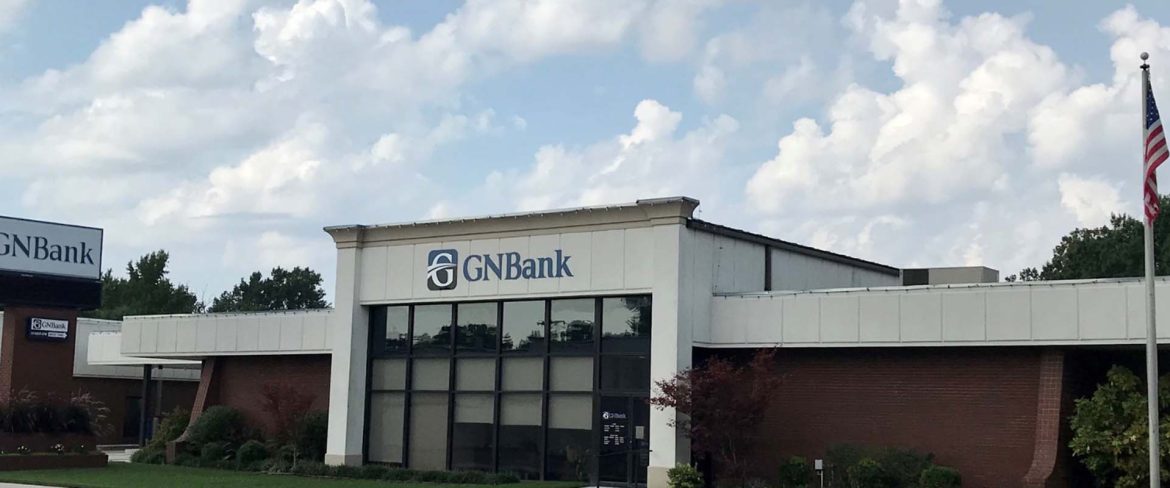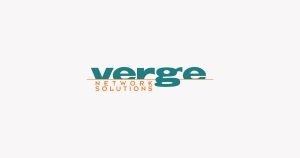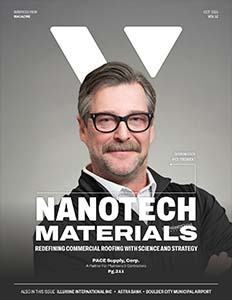How a Century-Old Family Bank Survives in Modern Rural America
Banking that is proving that community relationships and agricultural expertise can still trump big-city scale.
In the small town of Girard, Kansas, where Eugene V. Debs delivered a major 1908 presidential campaign speech from the courthouse steps, a different kind of legacy has quietly taken root. GN Bank is one of America’s enduring family-owned financial institutions, serving rural communities across Kansas and eastern Colorado for over a century. What began as Farmer’s and Miner’s State Bank in 1918, founded by local farmers and miners, has evolved into a 15-location operation that has weathered the Great Depression, multiple agricultural cycles, and the consolidation wave that has swept through community banking.
“Our grandfather began working at the bank in 1923. Our family’s been involved 102 years now, and Nancy and I are first cousins,” explains Mark Schifferdecker, the bank’s President and CEO. The Schifferdecker family’s stewardship characterizes three generations of leadership, with Schifferdecker and Chief Risk Officer Nancy George carrying forward a tradition established by their grandfather Martin C. Schifferdecker during the Roaring Twenties.
The institution operates under a four-pillar pledge that guides daily operations: treating others ethically, being adaptable, centering focus on customers, and investing time and resources in communities. “We call ourselves the GN bank family, not just because we’re a family-owned bank, but really because we look at our employees and even our communities as helping each other out,” Schifferdecker says. George adds perspective on the bank’s employee-focused approach: “We do value our employees and work diligently to give them opportunities to learn and grow in their careers.”
Serving Rural America for a Century
From its headquarters in Girard, a town of 2,496 residents and Crawford County’s seat, GN Bank has methodically expanded across the Great Plains. The institution now operates in communities across Kansas and Colorado, deliberately targeting rural county seats where agriculture forms the economic backbone. “We serve 15 rural communities throughout Kansas and a couple in eastern Colorado. More precisely, 13 in Kansas, two in Eastern Colorado. And many of those communities are rural and a lot of them are agricultural based, not all, but most of them are,” Schifferdecker explains.
The bank’s growth strategy signifies careful geographic selection rather than rapid expansion. Starting in the mid-1980s, the Schifferdecker family began building their footprint through strategic acquisitions and new market entries. “As we were blessed to be able to grow over the years, we’ve either started new banking facilities in new markets, or we’ve acquired maybe another bank to grow our footprint,” Schifferdecker notes. The approach is characteristic of the institution’s foundational understanding of rural economics, where community relationships often determine business success.
Each location operates with deep local integration, going beyond traditional banking services. “Our staff typically volunteer on most community civic boards, whether it’s hospital boards, school boards, even 4H boards and committees and things like that to focus on the community,” Schifferdecker says. George emphasizes the operational necessity behind this community involvement: “For our communities to thrive, they need to have great banking services. But on the converse, we need to be able to provide these professional services to help those communities grow.”
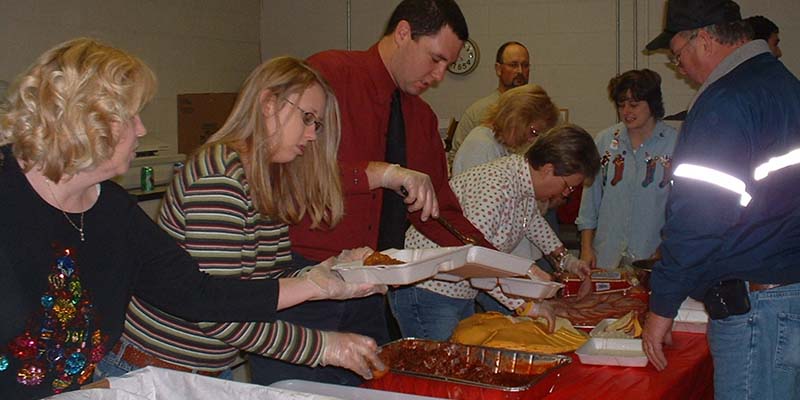
Supporting Customers Through Economic Uncertainty
Agricultural banking in 2025 comes with formidable challenges. Federal Reserve data shows farm finances and credit conditions have deteriorated steadily across the Midwest and Plains states, with agricultural real estate values declining approximately 2% from the previous year. For GN Bank, where over half the customer base connects directly or indirectly to agriculture, these headwinds demand expertise and patience.
“We do that every day. We’re visiting with customers every day and we try to look at it as a relationship versus a transaction,” Schifferdecker explains. “We are an ag focused bank. We have a concentration, it’s not all agriculture, but a big part, probably a little over 50% of our customer’s base is somehow either directly in agriculture or maybe they work for a company like a grain elevator company or a co-op or farm store.” The bank serves communities where economic fortunes rise and fall with commodity prices, currently facing pressures from low grain prices and elevated production costs.
Current market conditions have created widespread anxiety among agricultural customers. “Many of those customers are pretty nervous just because agriculture goes in cycles, since we’ve been doing it for over a hundred years,” Schifferdecker acknowledges. “Right now, we’re in kind of a difficult cycle because the commodity prices, at least on the grain, are very, very low.” The bank leverages federal programs to support struggling customers, actively participating in USDA initiatives and Federal Home Loan Bank programs. “We try to understand and vet those programs so we can introduce them to those that are struggling,” Schifferdecker says.
Modern Banking Meets Rural Values
Today’s agricultural operations bear little resemblance to the farming practices that existed when GN Bank opened its doors in 1918. Precision agriculture has transformed rural America into a high-tech industry where farmers map soil conditions down to individual square feet and deploy GPS-guided equipment that rivals automotive technology in sophistication. The bank’s financing requirements have evolved accordingly, supporting capital investments that can reach hundreds of thousands of dollars per operation.
“It’s more complex, so ag operators have to understand the technology including the precision ag technologies,” Schifferdecker explains. Modern farming equipment incorporates advanced automation systems. “The equipment has gotten so large and so much of this technology, the combined harvesters, the tractors, the sprayers, think of it, are like your Tesla self-driving car or even your car that helps keep you between the lanes. This precision technology that they have now is amazing.”
The bank regularly hosts customer events featuring industry experts who discuss emerging agricultural technologies and market trends. “From time to time, we’ll try to bring in some good speakers and we’ll invite our particular ag customers to come in,” Schifferdecker says. George adds institutional perspective: “We are invested in our communities because we live and work in them. We own farmland, we have cattle operations in both cases of a lot of our officers and employees of the bank and our directors.” Despite serving rural markets, the bank maintains competitive technological capabilities. “Just because we’re rural doesn’t mean that we are not competitive with those types of products that help our customers,” George emphasizes.
Investing in Financial Literacy and Community Development
Rural communities face unique challenges in providing comprehensive educational resources, particularly in specialized areas like financial literacy. GN Bank has addressed this gap through systematic partnerships with local schools.
“One thing we do, it’s a little different, is in many of our communities, we go to the local high schools and even grade schools, and we talk to the superintendents and principals and figure out how to assist with the financial literacy curriculum,” Schifferdecker explains. The programs include EverFi, a semester-long curriculum covering fundamental concepts from compound savings to checkbook balancing. “It teaches the kids just how to compound their savings, how does a bank account work, how do you balance your cheque book? Just lots of really core financial literacy skills and information.”
Beyond classroom instruction, the bank operates Reality University, an experiential learning program that simulates real-world financial decisions. “It’s like a mini community, and for a day the students go from station to station walking through the different aspects that they’re going to be facing as adults on managing finances,” George describes. Students practice applying for car loans and making housing decisions in controlled environments.
The bank’s community investment includes its Community Cares program, an anonymous giving initiative managed entirely by staff. “Our staff looks for needs in the community. There are so many needs in the community with families that are struggling, whether it’s sickness, whether they’ve lost somebody, or even buying glasses for a kid that needs to go to school and their parents can’t afford glasses,” Schifferdecker says. The program operates with board-approved budgets and has distributed assistance for over a decade.
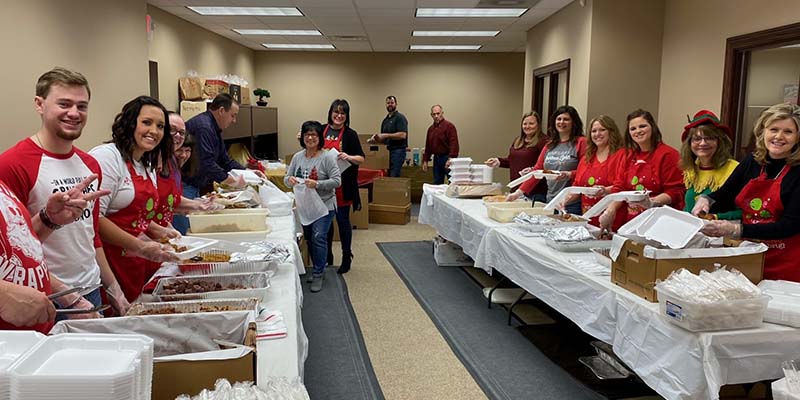
Looking Forward to Growth with Purpose
The consolidation wave that has reshaped American banking presents both opportunities and challenges for institutions like GN Bank. As larger banks retreat from rural markets and community banks face succession planning pressures, strategic expansion opportunities continue to appear across the Great Plains. The bank evaluates potential acquisitions through the lens of cultural fit and community benefit rather than pure financial metrics.
“We hope to continue to expand. This model’s worked well, and so we are always looking at other communities to provide an opportunity to grow our footprint across Kansas and the surrounding states and continue this model that’s worked so well,” Schifferdecker explains. The approach requires patience and selectivity. “We look at lots of opportunities and talk to a lot of different people to make sure it’s a good fit. The future’s bright although it is also challenging because banks are highly regulated and so there’s a lot to that.”
The leadership team measures success through community impact rather than traditional banking metrics alone. For Schifferdecker, the most rewarding moments occur when customers achieve financial milestones with the bank’s support. “The very best day for me is when I see a customer, whether it’s a small business, whether it’s a farmer, whether an individual that succeeds, and it’s so rewarding,” he says. “The most exciting day in my life is when I can see how the bank, in a small way, has helped our customers succeed financially as a business or an individual.”
George finds satisfaction in the bank’s broader economic role within rural communities. “I find it rewarding to see businesses thrive and know that the bank provided some financing or provided some other kind of financial product that helps, and that we are able to provide support for the opportunities for those businesses,” she reflects.
After more than a century of service, GN Bank continues operating under the same fundamental principle that guided its founders: rural communities deserve financial institutions that understand their unique challenges and opportunities. While agricultural cycles will continue and economic pressures will evolve, the bank’s approach remains constantly building relationships that aren’t just transactions but investing in communities where success is measured not just in profit margins, but in the prosperity of neighbors.
AT A GLANCE
Name: GN Bank, N.A.
What: Family-owned community bank serving rural agricultural communities with comprehensive banking services, financial literacy programs, and community development initiatives
Where: Girard, Kansas
Website: www.gn-bank.com
PREFERRED VENDORS
Vericast/Harland Clarke Checks
Vericast : www.vericast.com
Vericast is the FI performance partner helping banks and credit unions drive growth, improve efficiency, increase engagement and navigate change. Our advanced analytics, data-driven insights and integrated solutions enable precise execution. That’s why FIs look to Vericast and our 150 years of financial services expertise to help them achieve more.
Verge Network Solutions
Verge Network Solutions : www.vergenetwork.com
Verge Network Solutions is a trusted regional provider of business communication and collaboration tools, serving banks, healthcare, schools, government agencies, and SMBs across the South and Midwest. From VoIP phone systems and business messaging to advanced contact centers and secure data networking, we help organizations stay connected, protected, and ready for what’s next.
